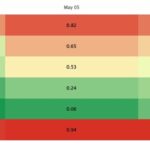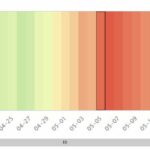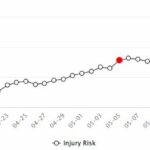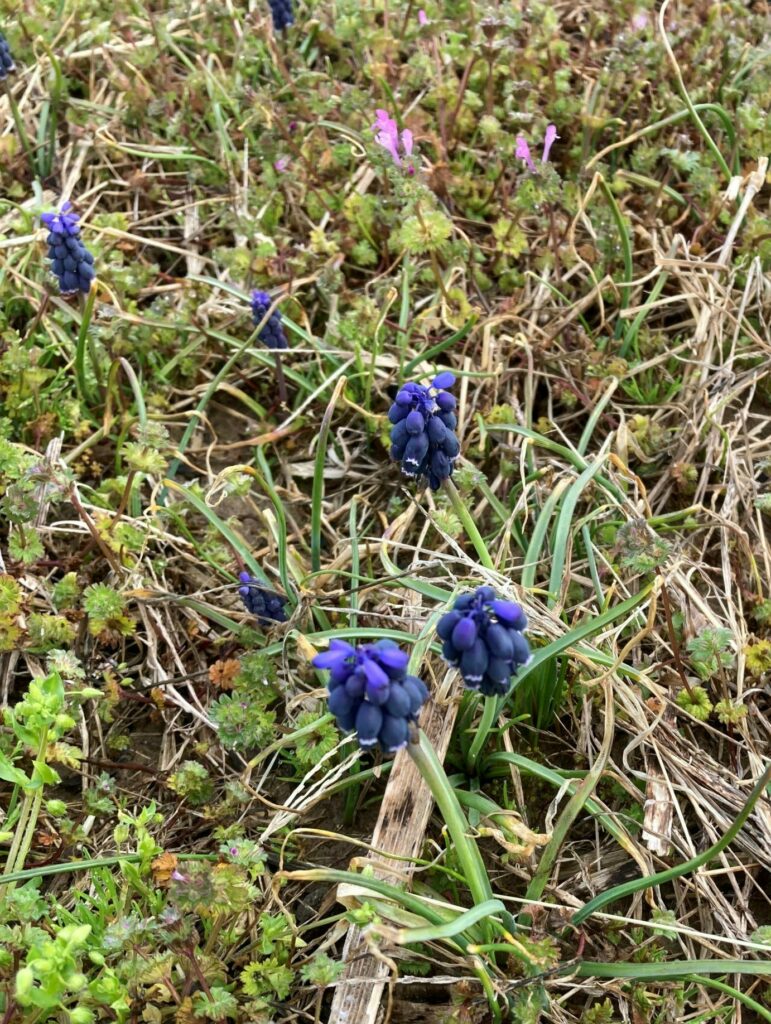So far only the usual suspects of powdery mildew (when it was still cool) and now Septoria have been reported in Tennessee wheat. Continue reading
Recent Updates
Corn Planting Windows of Opportunity
A recent Ag poll indicated 80% of respondents felt they were behind on planting this spring. No surprise in Tennessee, as farmers once again take advantage of a small window for planting at the end of April ahead of more rain. Continue reading
Thrips Predictor Model for Cotton
The thrips infestation predictor tool uses planting date, precipitation, and temperature to create an estimate of the size of local thrips population and the susceptibility of seedling cotton to infestations of tobacco thrips (the predominate thrips species in Tennessee). Models can be run for two weeks beyond the current date. Planting decisions should be made based on weather, opportunity and agronomic considerations not based on this model. The model is useful for predicting/anticipating the need for a thrips overspray in addition to an insecticide seed treatment.
Utilizing the model is simple, users select a planting date and a location based on an interactive map. The model will predict thrips risk for planting dates in a designated time frame. As an example, cotton planted before May 5th in West Tennessee has a somewhat lower risk than cotton planted on May 15th. If you look at the within season model, cotton planted May 21- 31 has a much higher risk of thrips infestations than cotton planted in early May. Beware, the accuracy of this model often improves as we approach the intended planting date and rerunning the model as you get closer to planting is a good practice. This tool has helped us time our planting of thrips trials to maximize thrips numbers and will hopefully help you do the opposite.



Poor Burndown Performance
There have been a number of reports on disappointing burndown applications that were applied during that cold stretch, 3 to 4 weeks ago, when nighttime temperatures were in the 20s. The herbicides that performed poorly were some combination of systemic herbicides glyphosate, dicamba, clethodim and Leadoff. Continue reading
UT Grain Conference Info Available on Web
Attendance at the West TN Grain and Soybean Producer’s Conference was severely impacted by the weather in February. Continue reading
Tennessee Market Highlights- 3/25/2022
Corn, cotton, soybeans, and wheat were up for the week.
Cotton futures prices jumped this week, gaining between 6.5 and 9.32 cents for the week,
depending on the futures contract. May futures closed Friday up 5 cents indicating a strong
likelihood of additional price gains early next week. After a January 31 to March 17 price lull, where cotton prices moved sideways between 115 and 125, nearby futures have broken to the upside. Increased energy prices, competition for planted acres, strong global demand, low global exportable supplies, and US Southern Plains drought concerns have propelled cotton prices higher. The December cotton contract closed on Friday at 111.74 cents. Continue reading at Tennessee Market Highlights.
Burndown Wild Garlic, Grape Hyacinth and Star-of-Bethlehem

This spring some fields seem to be infested more heavily with wild garlic, grape hyacinth and in a few cases, star-of-Bethlehem. These three weeds, in the Lily family, are often mistaken for each other as they all derive from bulbs and are low-growing perennials. Continue reading
Variable Soil Temperature and Wet Conditions for Corn
March has been a weather roller coaster coming off a weekend with arctic chilling temperatures and snow into more typical spring conditions. Continue reading

